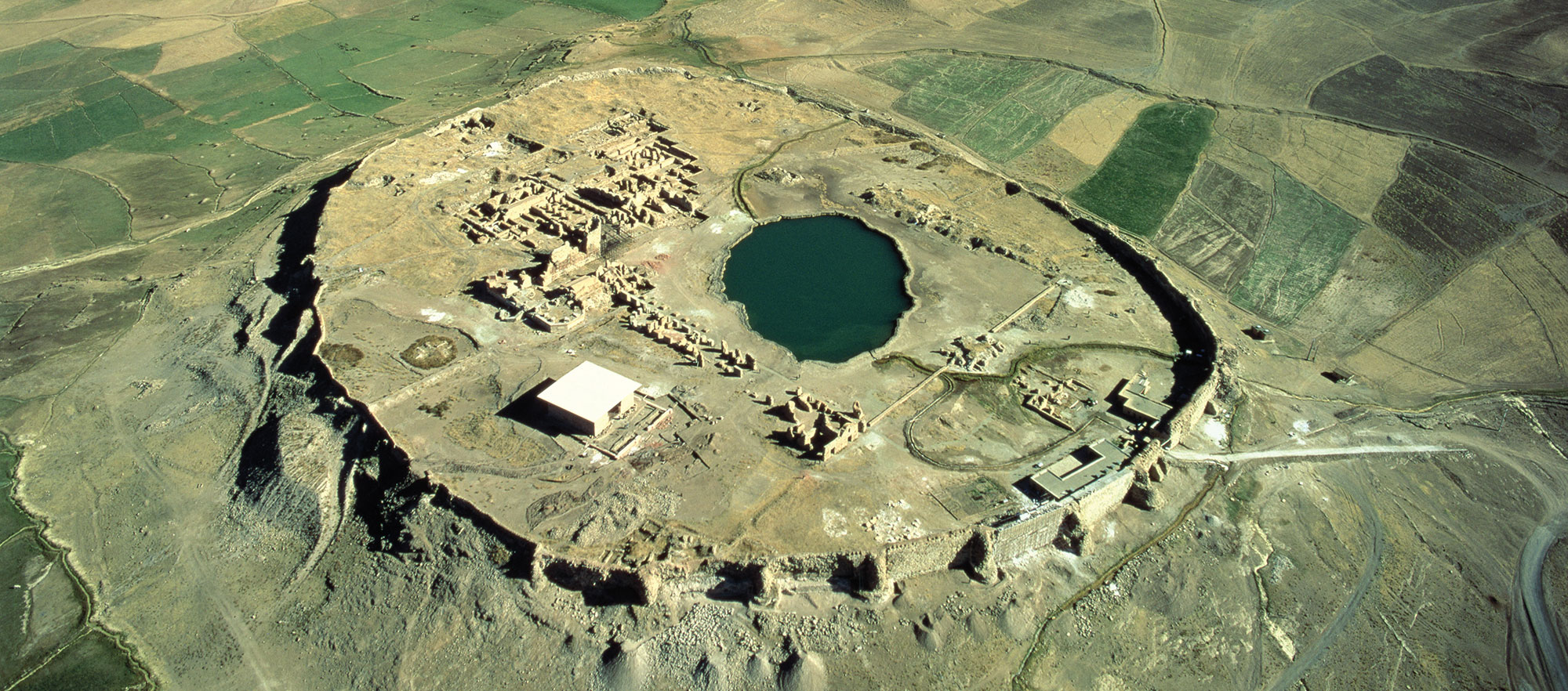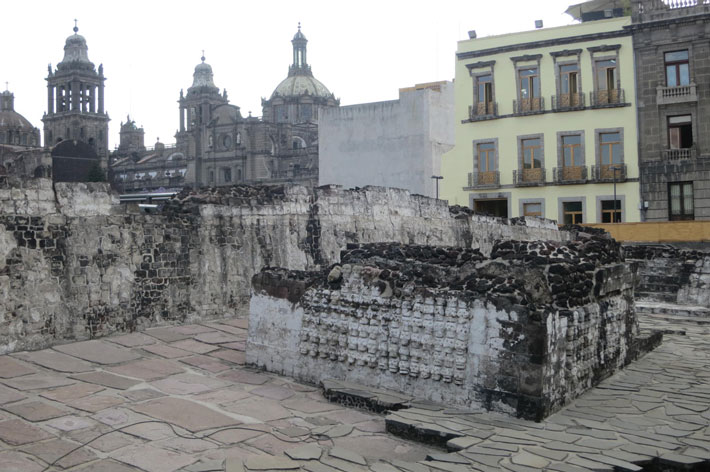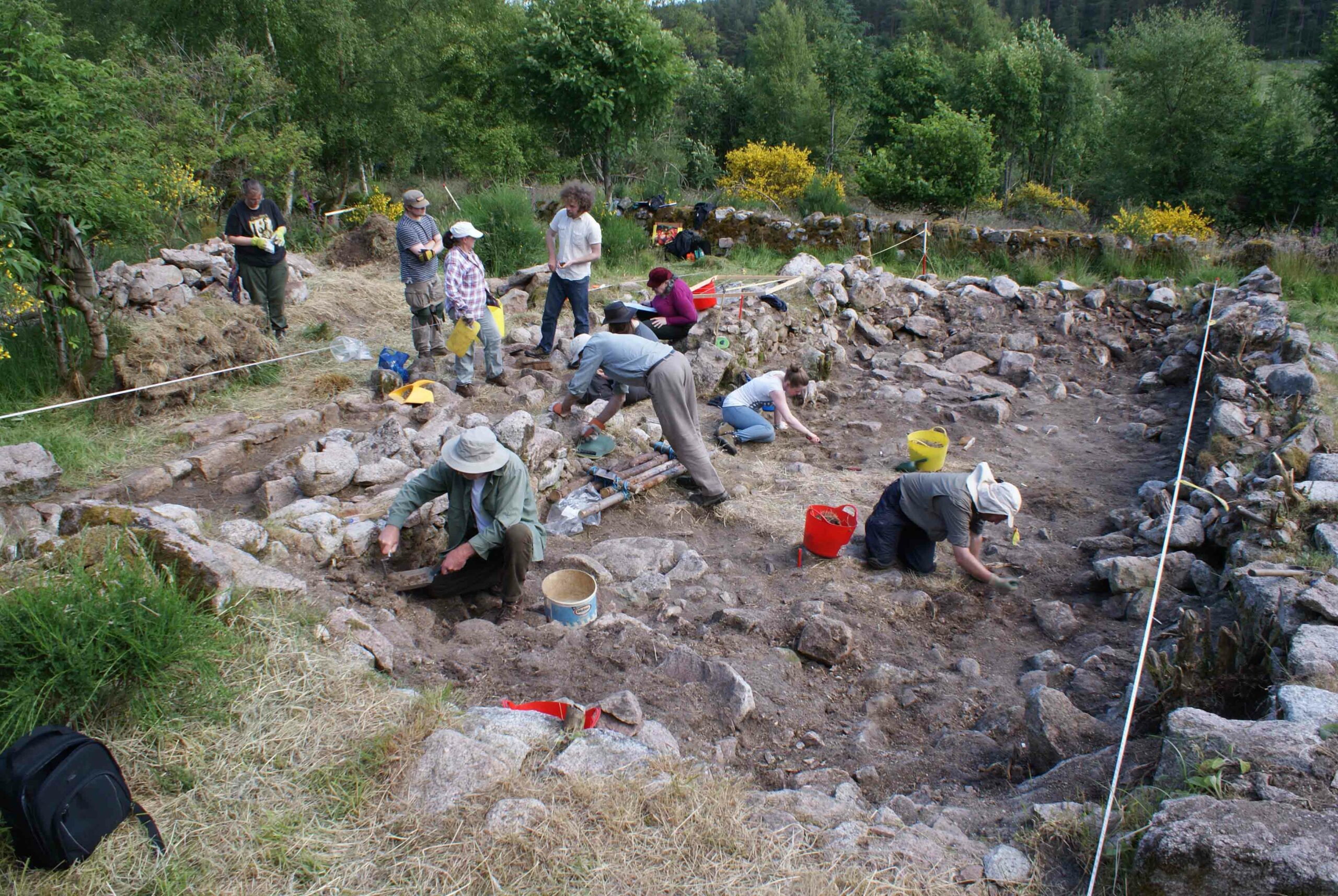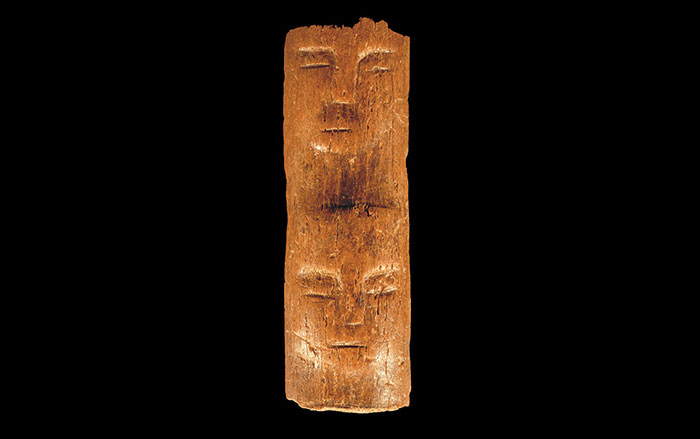
BOSTON, MASSACHUSETTS—Archaeologist Michael Danti of Boston University has reviewed the records kept by the archaeologists from the University of Pennsylvania, the Metropolitan Museum of Art, and the Archaeological Service of Iran who raced to excavate the Iron Age citadel known as Hasanlu between 1956 and 1977. Located in northern Iran, Hansanlu was destroyed around 800 B.C. More than 200 wounded bodies were preserved in the burn layer, including the remains of three soldiers that were found near a crushed gold bowl. Scholars have wondered if these men were defending the citadel or attacking it. “This was warfare that was designed to wipe out people’s identity and terrify people into submission,” Danti told Live Science. He thinks the three battle-ready soldiers may have been attackers from the Urartu kingdom who were climbing up a staircase when the building collapsed. “I doubt these men were rescuing a valued bowl and many other fine objects with little hope of egress as the citadel burned and its remaining occupants were slaughtered or taken captive,” he concluded. Bioarchaeological analysis of the skeletons of the soldiers and the wounded could tell researchers more about the battle, he adds.










